The Ultimate Guide to Vitamin A
Vitamin A is the holy grail of skincare ingredients. It’s the one you choose if you can only choose one. When looking for skincare, chances are Vitamin A has the benefits you’re in the market for. In addition, it is an age-spanning therapy. When used in your 20s, it can help clear acne. During your 30s, use it to prevent signs of aging. Apply it in your 40s and beyond to control pigment, boost collagen, and fight wrinkles.
Vitamin A is that one remarkable ingredient that does it all. Vitamin A, or retinoids, emerged as the dramatic change agent for skin in the late sixties. It accelerates cell turnover, repairs cellular structure, reverses photo-aging, stimulates collagen and elastin production, thickens the dermis to make skin appear smoother and plumper, peels out impactions, clears blemishes, lifts excess pigment, diminishes and refines pores, strengthens the skin barrier, and promotes a radiant glow.
There are several derivatives of Vitamin A, or retinoids, which can get a little confusing. You’ve likely seen various names—retinoic acid, retinol, retinaldehyde, or retinyl palmitate. The retinoids used topically activate retinoic acid receptors in the skin to aid and enhance cell function. Its effectiveness hinges on how quickly and efficiently the body can convert it to retinoic acid, its biologically active form. Those factors boil down to the molecular structure of the derivative. If the molecule is too big, it can’t reach its cellular target, meaning results are minimized and take longer to appear.
Prescription retinoids like Retin-A and Tretinoin use the most powerful form of topical retinoic acid. It is approximately 20 times more potent than OTC retinol. Because it’s already in retinoic acid form, the skin doesn’t need to convert it. It goes to work as soon as it touches the skin. It is highly effective in treating photoaging, reducing the appearance of fine lines and wrinkles, smoothing the skin, and evening tone. While it is the most potent, irritation is the price you pay for great success.
Retinaldehyde, or retinal, is the direct precursor to retinoic acid. It has a small molecular size and only requires one conversion to become retinoic acid once absorbed by the skin. As a result, it’s considered to be the most potent form of non-prescription retinoids. With that, it can be irritating and cause many of the same side effects pure retinoic acid does, but there again delivers strong results.
Retinol requires a two-step process to convert to retinoic acid in the skin. Despite the extra steps, it is still effective in creating desired changes in the skin, though less dramatic and at a much slower rate. Retinol is found in many OTC cosmetic and skincare formulations, making it very accessible. One drawback is retinol is notoriously unstable and should be packaged in airless packaging along with containers that protect it from light. If not, it can degrade the retinol, and it will never get converted to retinoic acid in the skin, rendering it virtually useless.
Retinyl palmitate, or retinyl esters, which you will see most often on OTC skincare labels, due to its more stable form, has a large molecular size with 16 more carbon molecules than retinoic acid. Once absorbed by the skin, It must undergo three steps for enzymes to convert it to retinoic acid, making it the weakest version of retinoids but the least irritating. Due to the number of steps it takes to convert to retinoic acid, only a small portion actually gets converted. Therefore, Retinyl esters can be a good option for those with very sensitive skin, as side effects are much less likely to occur.
Skin cells are formed and shed off naturally approximately every thirty days. Vitamin A is a powerhouse ingredient as it accelerates that renewal cycle to between 10 and 14 days. The upper layers of dead skin shed off more quickly, and the build-up of new debris is minimized. Collagen production is stimulated, and the dermis is increased as cells plump. The cell layers on the skin’s surface are reduced from fourteen layers of compacted, dead cell debris to eight or nine resilient and elastic layers of new skin that give it a healthy, youthful glow. When you first start using Vitamin A, there is no question about it; your skin will get flaky! Don’t fear the flake. It’s supposed to do that. It is what rapid cell regeneration looks like. Micro-peeling is what you want, no flake, no fabulous!
And remember, sun exposure causes premature aging and is responsible for 90% of visible changes to the skin. Prevention is easier than correction, so always use your SPF! Cher said it best, “if I could turn back time…”, well now you can with Vitamin A! Take it slow, use your moisturizers, apply SPF, and sit back and watch the clock rewind.
Emily Giddings, RN


